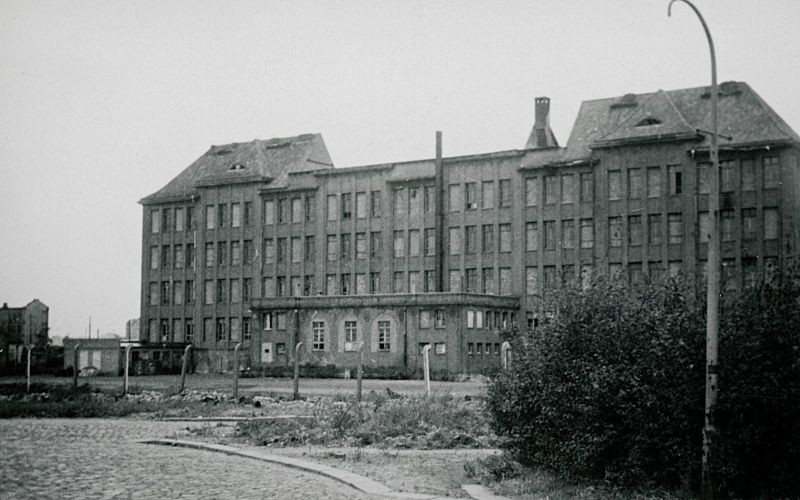The children of Bullenhuser Damm
Mediathek Sorted
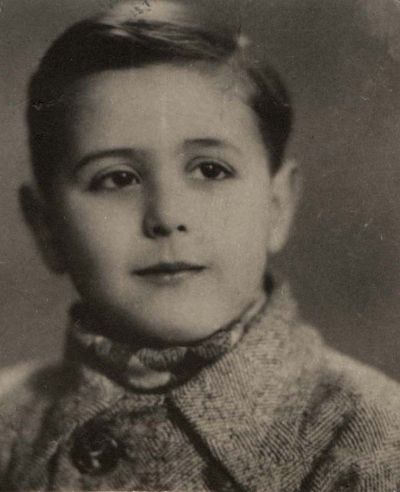
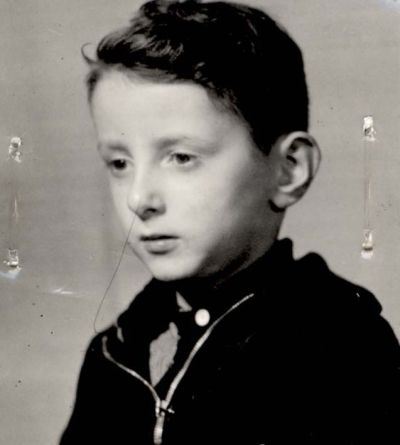
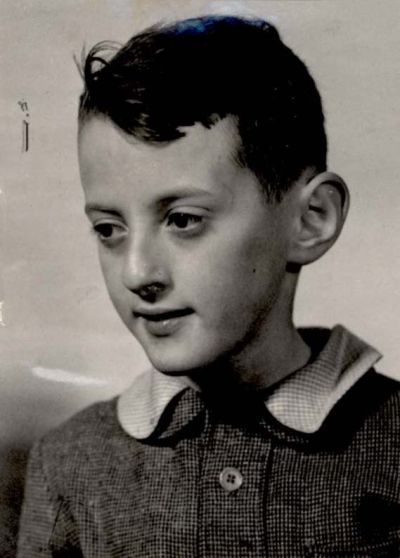
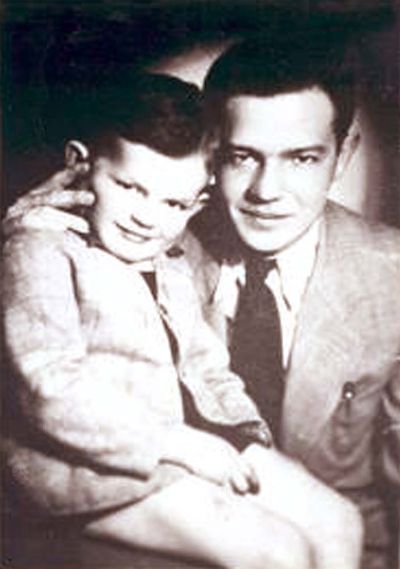

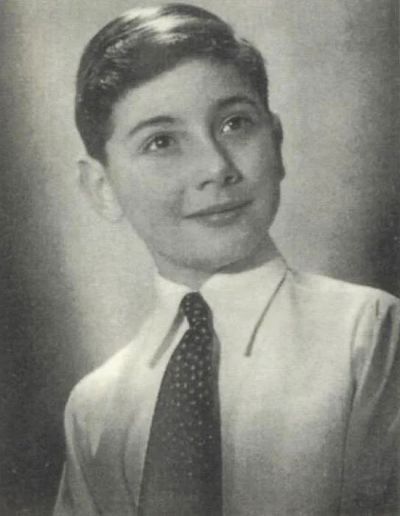
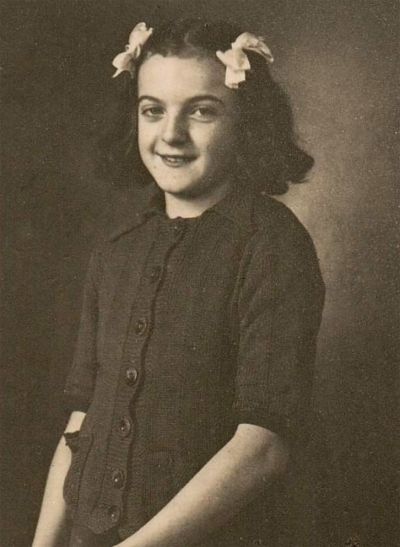
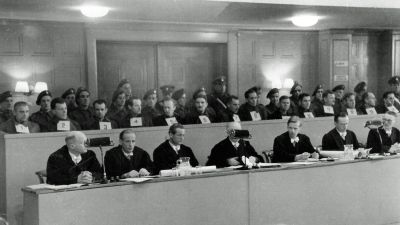
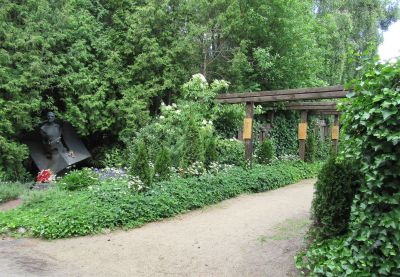
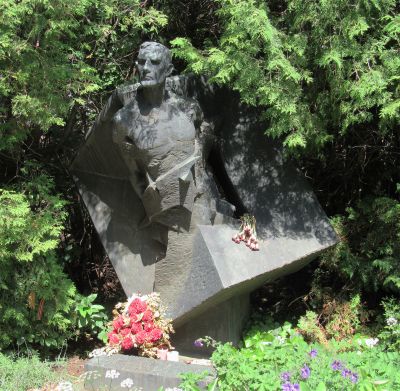
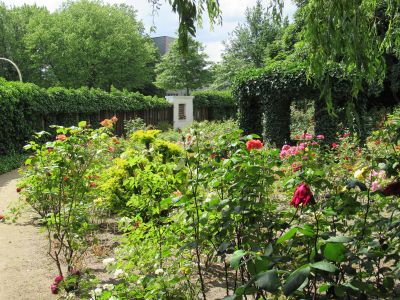
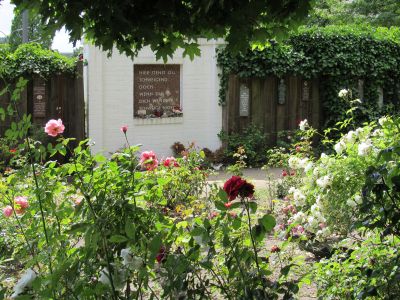
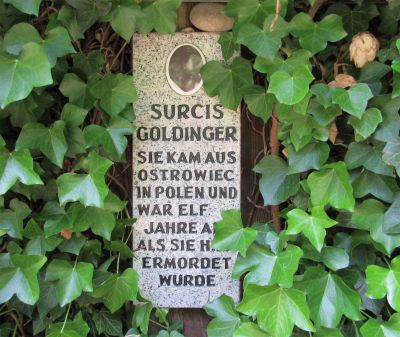
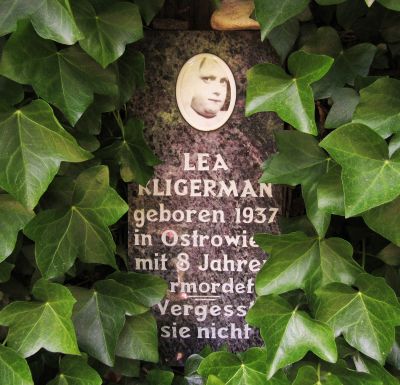
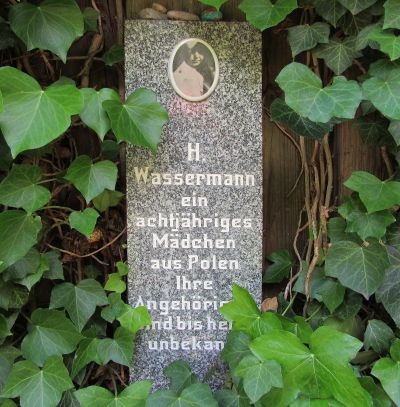
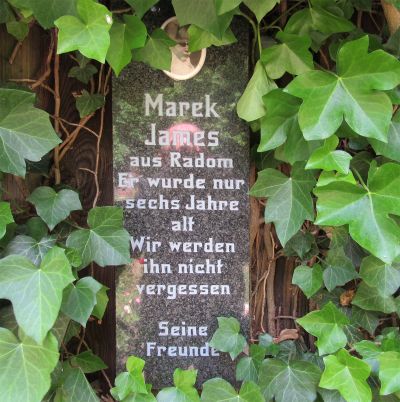
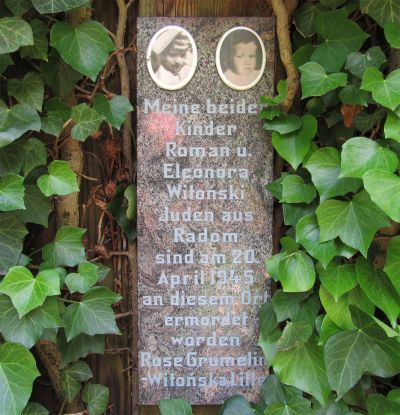
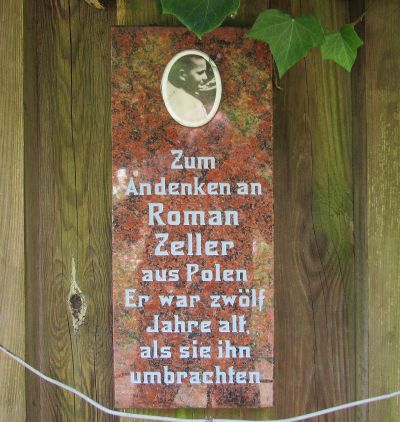

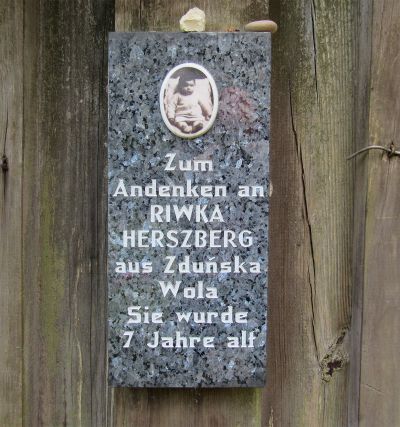
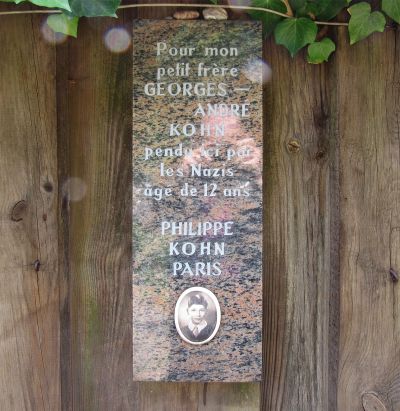
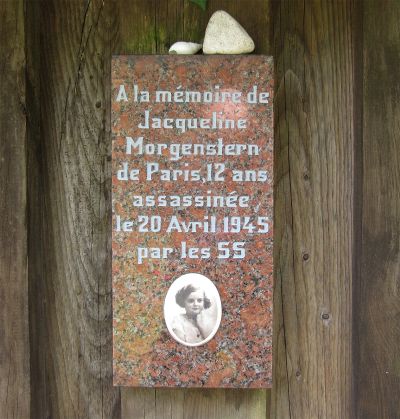
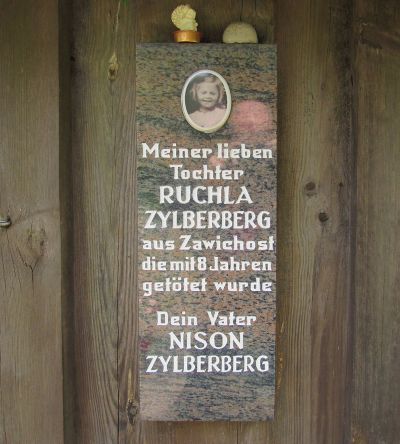
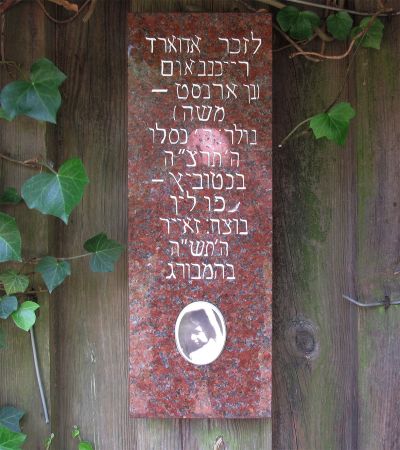
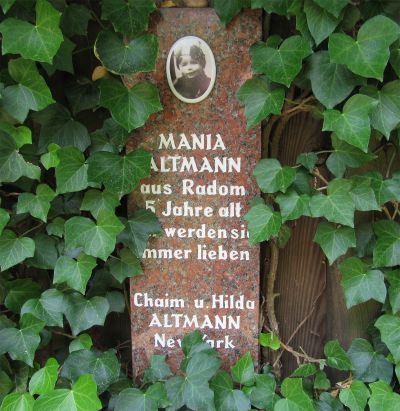

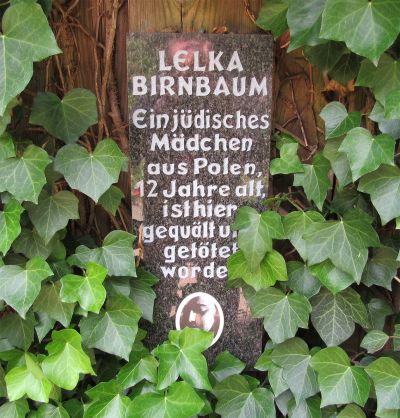
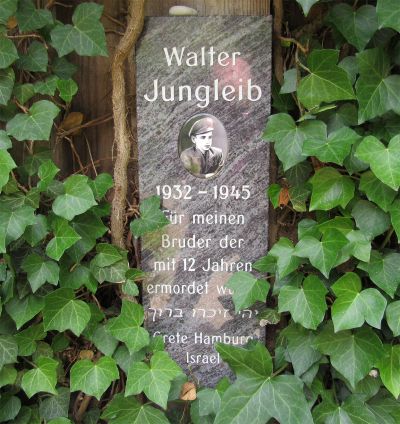
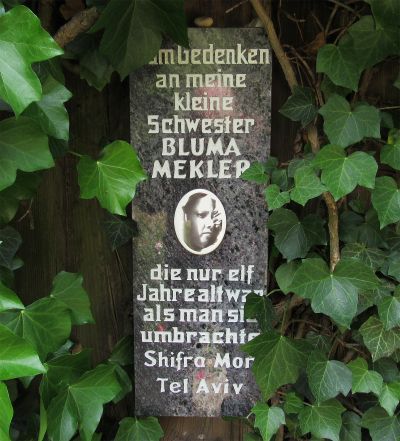
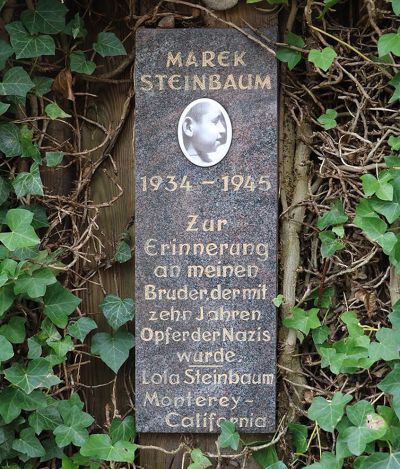
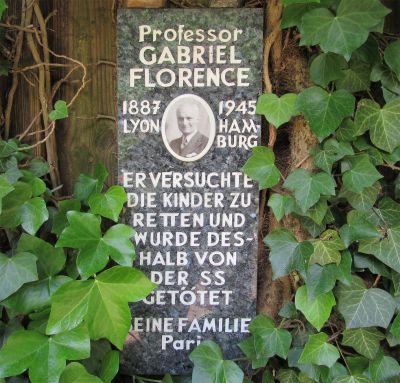

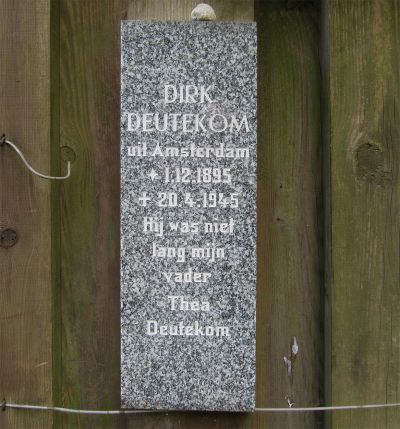
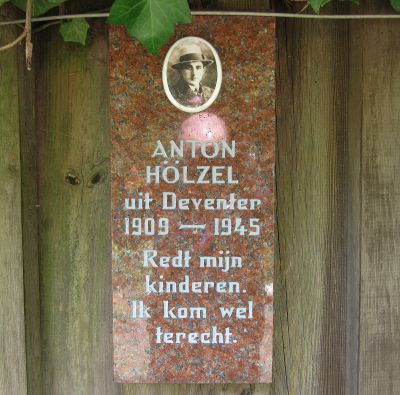
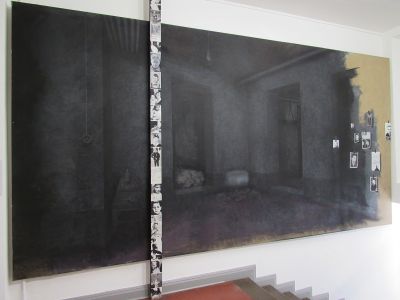
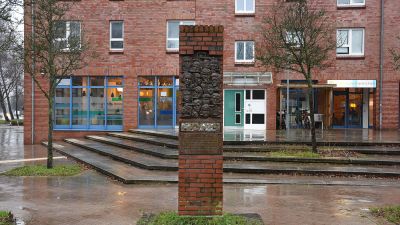
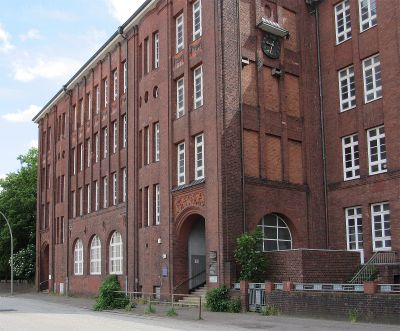
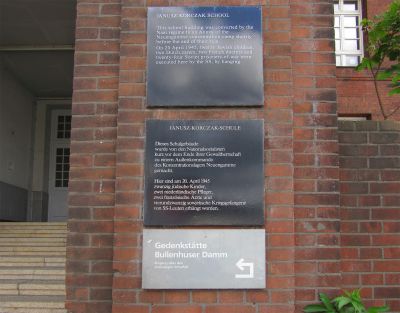
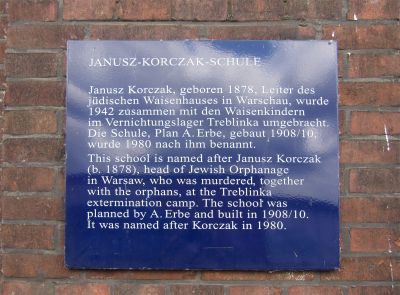
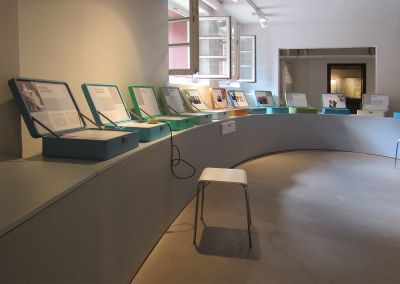
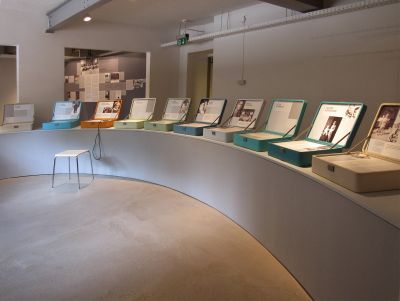
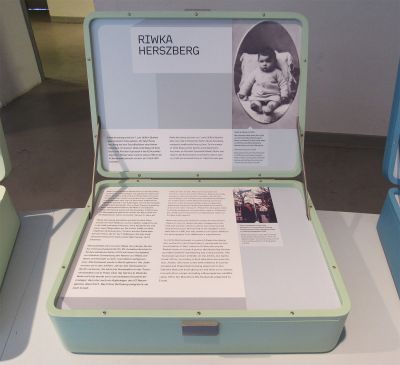
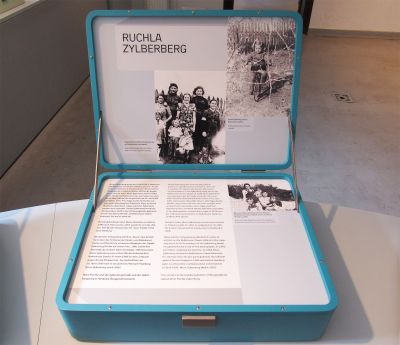
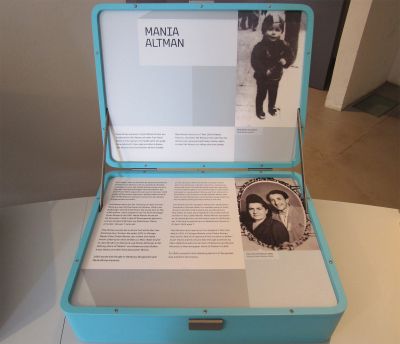
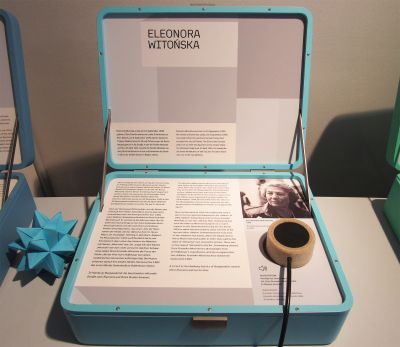
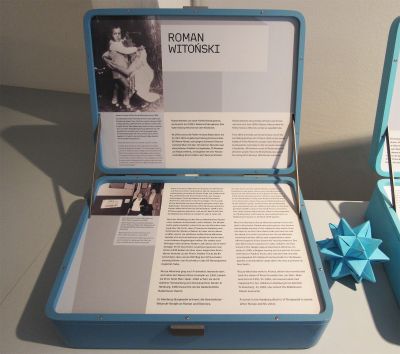

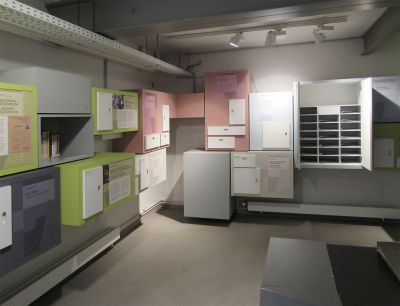
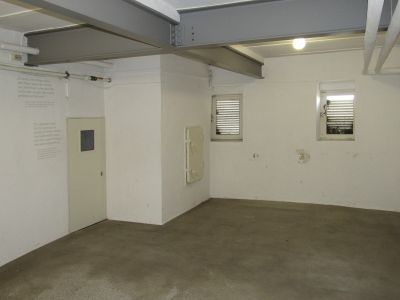
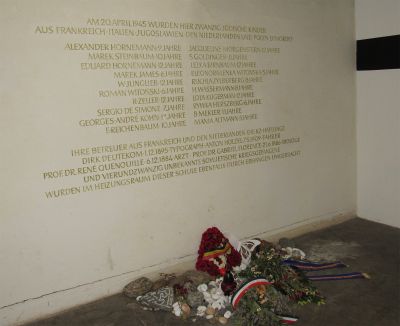

Although Pauly had ordered that the bodies be left at Bullenhuser Damm, Jauch later sent a car from Neuengamme, which Strippel brought back to Neuengamme with the corpses. The head of the crematorium in Neuengamme, SS junior squad leader (Unterscharführer) Wilhelm Brake, gave the following statement for the record on 14 May 1946 in Recklinghausen to a sergeant of the British Army of the Rhine: “I remember that about 14 days before the collapse [of the German Reich], a vehicle containing corpses arrived from Hamburg, probably from Bullenhuser Damm. There were around 40–50 bodies, and I was told by senior storm leader (Obersturmführer) Thumann that the bodies should not be cremated for the time being. I travelled by bicycle to the crematorium, where I discovered that work had already begun on the cremation of the bodies. I rode back and reported this to Thumann. Thumann then spoke to Dr. Trzebinski and it was decided that the bodies should be cremated after all. I then returned to the crematorium and told the prisoners that they could continue with their work. The prisoners then told me that among the bodies were the corpses of around 20 children”.[29]
The end of the war and the criminal prosecution of the perpetrators
When the first British soldiers entered the former concentration camp at Neuengamme on the evening of 2 May 1945, no evidence remained of the crimes that had been committed there. After the camp had been cleared, the camp commander Pauly had ordered around 400 kilogrammes of files to be burned by 2 May. The barracks were cleaned and lime washed, the gallows were sawn up and burned, and a sign was hung up in front of the crematorium with the word Desinfektionsraum ("room"). As the Neuengamme camp community (Lagergemeinschaft Neuengamme) later noted: “No-one was there”[30]. Directly on arrival, the British began to use the camp to house displaced persons and prisoners of war. Hamburg was now under British administrative control. On 1 May, Grand Admiral (Grossadmiral) Karl Dönitz, who became head of the German state after the suicide of Adolf Hitler, ordered the commander of Hamburg, Brigadier (Generalmajor) Alwin Wolz, to withdraw from the city without a fight. On 3 May, Wolz transferred the city to the command of the British brigadier-general Douglas Spurling.
At the same time, the headquarters of the British Army of the Rhine set up War Crimes Investigation Team (WCIT) No. 1, which was assigned the task of investigating the crimes that took place in Bergen-Belsen concentration camp, which was liberated on 15 April. WCIT No. 2 began its investigations into Neuengamme concentration camp a short time later. The team included four officers, among them Capt. Anton Walter Freud, grandson of the psychoanalyst Sigmund Freud, who had emigrated to Britain in 1938. As early as May, a committee of former political prisoners from the Neuengamme camp made contact with the British Secret Service. At first, the report by the committee on the crimes committed in the camp was met with incredulity in the WCIT. The committee and the WCIT made a joint visit to the camp and discovered documents there, specifically the final quarterly report by the doctor on site and the register of the dead, which had been hidden by the prisoner Emil Zuleger. Only then did a relationship of trust develop between the two bodies, which led to collaboration in preparing for the trials of the perpetrators.[31]
On 6 May 1945, in a “Report for the Danish Red Cross”, the Danish doctor, Dr. Henry Meyer, who himself had been a prisoner at Neuengamme for a year-and-a-half, and who had been liberated following the rescue mission by the Swedish Red Cross, described the medical experiments conducted on prisoners and the tuberculosis tests on the children, and gave a list of the children’s names.[32] The Swedish doctor Gerhard Rundberg, who published the list together with Meyer in the book “Rapport fra Neuengamme” had led Count Folke Bernadotte’s rescue mission. Other survivors also gave reports about the children who had suddenly disappeared on 20 April. A systematic search then began for all those responsible for the crimes committed at Neuengamme. Among them were those who had ordered the murder of the children, those who had implemented this order, who had known of the murders, and who had been involved in them: camp commander Max Pauly, protective custody camp leader Anton Thumann, the medic Dr. Kurt Heißmeyer, the doctor on site Dr. Alfred Trzebinski, report leader Wilhelm Dreimann, SS junior squad leader Johann Frahm, SS senior squad leader and camp leader Ewald Jauch, junior squad leader Hans Friedrich Petersen, block and labour squad leader Adolf Speck, SS senior storm leader Arnold Strippel, and junior squad leader Heinrich Wiehagen.
[29] Deposition of Wilhelm Gustav Brake, Recklinghausen, 14/5/1946, transcript of the photograph of the original document at http://media.offenes-archiv.de/ss2_1_3_bio_2089.pdf
[30] So ging es zu Ende … Neuengamme. Dokumente und Berichte, published by the Lagergemeinschaft Neuengamme, Hamburg 1960, page 68
[31] Alyn Bessmann / Marc Buggeln: Befehlsgeber und Direkttäter vor dem Militärgericht. Die britische Strafverfolgung der Verbrechen im KZ Neuengamme und seinen Außenlagern, in: Zeitschrift für Geschichtswissenschaft, Volume 53, Book 6, 2005, page 526, online resource: https://www.geschichte.hu-berlin.de/de/bereiche-und-lehrstuehle/dtge-20jhd/dokumente/publikationen/publikationen-buggeln/Befehlsgeber%20und%20Direkttaeter%20vor%20Militaergericht-%20Zfg%202005.pdf
[32] Schwarberg: SS-Arzt 1997 (see Bibliography), page 139





















































































